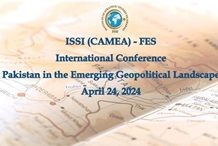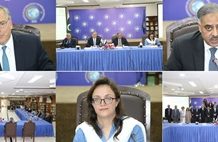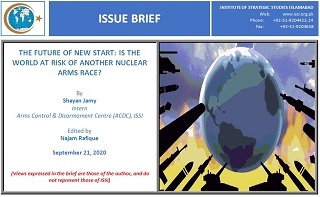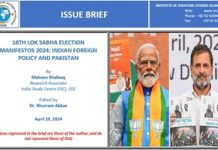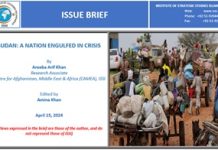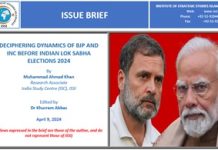The US and Russian delegations are currently meeting in Vienna, Austria for the second round of nuclear disarmament talks. A major part of these talks deal with the future of New START, which is currently the only legally binding nuclear arms control deal between the two countries. New START is set to expire in February 2021. A possible expiration of the treaty would leave the global nuclear arms control regime in uncharted territory and the future of nuclear arms proliferation uncertain.
The US and Russian nuclear arms control talks go back decades when the two states signed the monumental SALT-I treaty, which marked the beginning of bilateral nuclear arms negotiations between the two. Since SALT-I was implemented in 1972, there has always been at least one agreement in place to limit the production and deployment of nuclear arms. However, this could all be brought into question with the expiration of New START. The New START, which came into force in February 2011, limits both the US and Russia to 1550 deployed warheads, 700 deployed missiles and heavy bombers, 800 missile launchers and bombers and also has an agreed-upon extensive inspection regime.[1] The agreement contains a provision which allows for the extension of the treaty by 5 years. Given the significance of the treaty, the current negotiations in Vienna could prove to be of paramount importance for the future of the global nuclear arms control regime.




